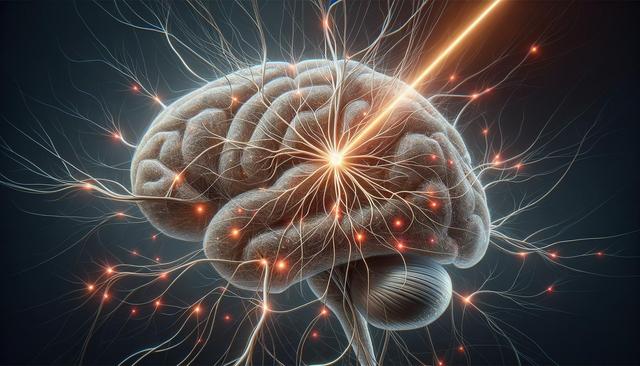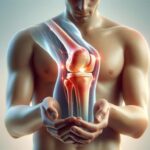Understanding Stroke and Its Impact on the Body
A stroke occurs when the blood supply to part of the brain is interrupted or reduced, preventing brain tissue from receiving oxygen and nutrients. This can lead to the rapid death of brain cells, affecting functions such as movement, speech, and cognition. The effects of a stroke vary widely depending on the location and severity of the blockage or bleed. Common impairments include difficulties with mobility, language, coordination, and emotional regulation. Immediate medical attention is critical to minimize long-term damage, but the journey to recovery often continues long after the initial emergency has passed. Stroke therapy focuses on helping patients adapt to their new circumstances and regain as much independence as possible.
Understanding the scope of a stroke’s effects is essential for developing a tailored rehabilitation plan. Therapists assess the physical and cognitive deficits post-stroke to determine the most appropriate treatment strategies. These assessments often involve tools that measure strength, balance, memory, and daily living skills. By identifying specific challenges early on, healthcare providers can design interventions that address individual needs, supporting more effective recovery outcomes.
Phases of Stroke Rehabilitation
Stroke rehabilitation typically begins in the hospital as soon as the patient is medically stable. The process often continues in a specialized rehabilitation facility or through outpatient services. The timeline and intensity of therapy depend on the extent of the stroke and the individual’s overall health. Rehabilitation is generally divided into several phases:
- Acute Phase: Focused on stabilizing the patient and preventing complications.
- Subacute Phase: Emphasizes restoring lost functions and promoting independence.
- Chronic Phase: Involves long-term strategies for managing persistent impairments.
Each phase uses different therapeutic approaches, from physical and occupational therapy to speech-language therapy. Sessions are structured to gradually increase in intensity as the patient progresses. The goal is to enhance neuroplasticity—the brain’s ability to reorganize and form new connections—to compensate for damaged areas. Regular evaluations ensure the therapy remains aligned with the patient’s evolving needs.
Therapeutic Approaches in Stroke Recovery
Stroke therapy incorporates a range of techniques designed to support both physical and cognitive recovery. Physical therapy targets motor deficits, helping patients regain strength, balance, and coordination. Therapists may use exercises, assistive devices, and technologies such as functional electrical stimulation to stimulate muscle activity. Occupational therapy focuses on improving the ability to perform daily activities like dressing, cooking, and bathing.
Speech-language therapy is vital for individuals experiencing communication or swallowing difficulties. Techniques include language exercises, voice training, and alternative communication methods. Cognitive therapy helps patients with memory, attention, and problem-solving skills through structured mental tasks. Psychological support is also essential, as depression and anxiety are common after a stroke. Combining these therapies in a multidisciplinary approach enhances the overall effectiveness of treatment.
Innovations in Stroke Rehabilitation
Advancements in technology have introduced new possibilities in stroke therapy. Robotics, virtual reality, and neurostimulation are increasingly integrated into rehabilitation programs to enhance engagement and recovery outcomes. For example, robotic exoskeletons can aid in gait training, while virtual reality systems provide immersive environments for practicing real-world tasks in a controlled setting. These tools not only motivate patients but also allow for high repetition and precise tracking of progress.
Neurostimulation techniques, such as transcranial magnetic stimulation (TMS), are being explored for their potential to activate brain regions involved in motor and cognitive functions. Wearable devices that monitor activity levels and physiological responses offer therapists valuable insights into a patient’s progress outside the clinical setting. While these innovations are promising, they are most effective when combined with conventional therapies and individualized care plans.
Family Involvement and Long-Term Support
Family members play a crucial role in the recovery process, often serving as caregivers and emotional support. Educating families about stroke and its effects can improve the home environment and reduce caregiver stress. Involving loved ones in therapy sessions helps them learn techniques to assist with exercises and daily activities. Support groups and counseling services can also offer emotional relief and practical advice for both patients and families.
Long-term recovery from stroke may involve lifestyle adjustments, including changes in diet, exercise, and medication adherence. Ongoing outpatient therapy, community programs, and follow-up care with healthcare providers help maintain gains made during intensive rehabilitation. Setting realistic goals and celebrating small achievements can boost motivation and foster a sense of progress. Ultimately, stroke recovery is a continuous journey that benefits greatly from a supportive and informed care network.
Conclusion: Navigating Recovery with Comprehensive Stroke Therapy
Stroke therapy is a multifaceted process that addresses the complex needs of individuals recovering from a stroke. From immediate hospital-based interventions to long-term community support, each phase of rehabilitation contributes to improving function and enhancing quality of life. By combining traditional therapies with innovative technologies and involving family members in care, patients are better equipped to navigate the challenges of recovery. A thoughtful, individualized approach can lead to meaningful progress and a renewed sense of independence after stroke.








